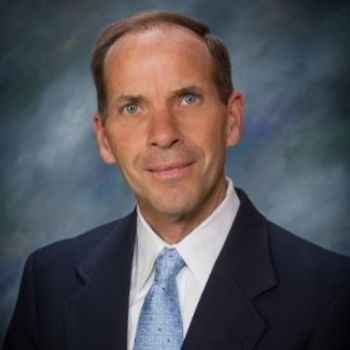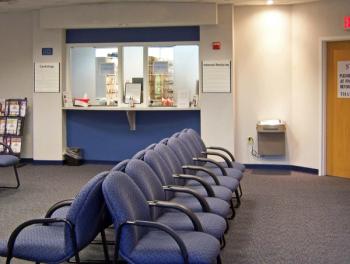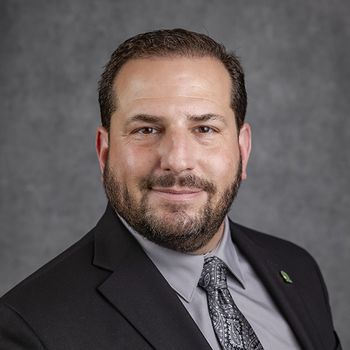
How physicians can become excellent CEOs
Key Takeaways
- Physicians are interested in leadership roles, but skill gaps and perception barriers hinder their transition to CEO positions.
- Effective leadership training can channel physicians' strengths, such as analytical skills and patient commitment, into business leadership.
Physicians should explore CEO roles to merge clinical expertise with business acumen, aiming to enhance patient care and drive health care innovation.
Young people decide to become doctors for the best of reasons—to heal and to help. That idealism informs their professional lives, too. But health care is also a matter of economics—it is the largest single sector of the US economy, accounting for
Right now, however, only about 15% of US health care and life-science CEOs are
To be effective CEOs, physicians need specific business skills—and these are not part of the medical school curriculum. More than 60% of physicians surveyed named skills, experience, and training gaps as the highest barriers to making the transition from clinical practice to business leadership. More than half also mention “perception barriers”—the assumption that doctors don’t have business acumen.
In short, because physicians aren’t seen as potential leaders, they don’t get the opportunities to develop the skills they need to become business leaders. To turn this dead end into a productive pathway, there needs to be consistent, focused leadership training that can channel the strengths of physicians—an analytic mindset, curiosity, and commitment to patients—to the challenges of the C-suite.
Consider one CEO we spoke to who was trained in the care of ICU patients, many of them with multiple problems. This physician couldn’t be a specialist in every disease or condition; her task was to draw on the expertise of others, evaluate tradeoffs, and work with the team to execute a strategy with the best chance of success. In her own estimation, she has brought these capabilities to being a CEO. She empowers her team to act, while she monitors what is happening and concentrates on the issues only she can decide.
Many physicians, though, find the transition far less straightforward. Based on an analysis of more than 20 years of data from 7,800 CEOs in 70 countries, McKinsey has identified six things that
Would-be physician-CEOs, then, can start by honestly assessing their own strengths and weaknesses against these capabilities, and also seek out candid feedback. Those insights can shape how they adapt to the very different context of business. As one physician CEO told McKinsey, he was accustomed to “being right 99% of the time” in clinical practice. When he moved into the C-suite, he had to adjust to “being right 75% of the time.” Once he managed that conceptual leap, his clinical decision-making skills became a corporate strength.
Creating a cohort of physician CEOs who can bridge clinical and corporate worlds will also require institutional
Overlooking or underestimating such a pool of talent is problematic, to say the least. The surveyed physicians acknowledged that they may have gaps, specifically in finance and deal-making. In interviews, current health care leaders identified other skills gaps as more important. Many said prospective physician CEOs need to strengthen their capabilities in leading teams and enabling colleagues. But these gaps can be filled, and physicians also have expertise in other, equally relevant domains. In the near future,
To build physician-oriented
For physicians who want to transition to business leadership, the change of role is not a change in mission: it’s still about healing and helping. Having a “broader impact on patient care” is the most cited reason for doing so. In second place: influencing health care innovation and transformation. As they see it, rather than help one patient at a time, they can influence the care of thousands. Preparation, evaluation, and perhaps a bit of humility would all help turn these worthwhile aspirations into lasting contributions.
“It is not the mountain that we conquer but ourselves,” noted Edmund Hillary, the first Westerner to ascend Mount Everest. For physicians who aspire to become CEOs, and for health care organizations looking for leadership, that is wisdom worth considering.
Amit B. Shah, MD and David G. Knott are senior partners and leaders in McKinsey & Company’s Healthcare and CEO practices.
Newsletter
Stay informed and empowered with Medical Economics enewsletter, delivering expert insights, financial strategies, practice management tips and technology trends — tailored for today’s physicians.















